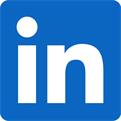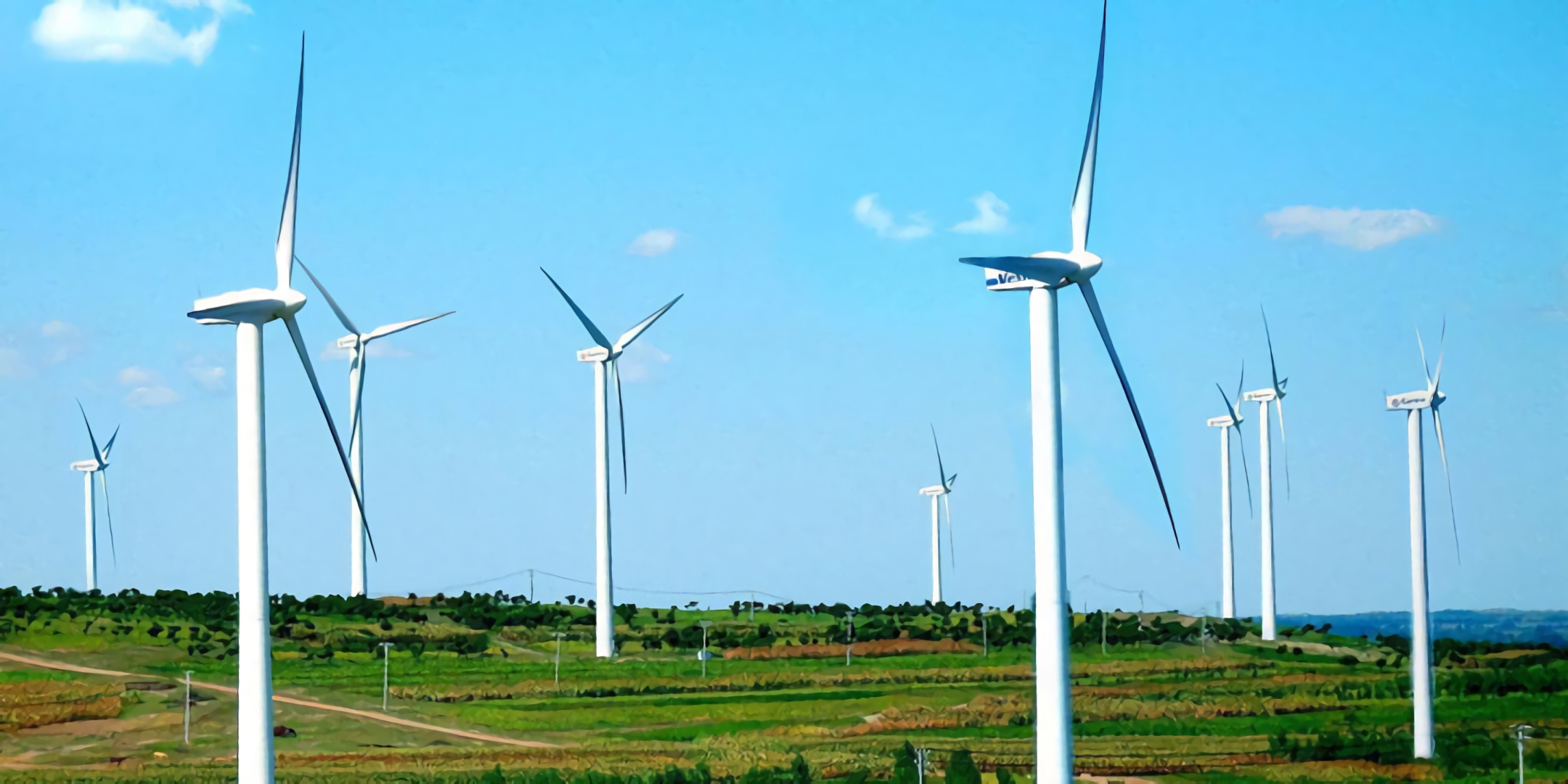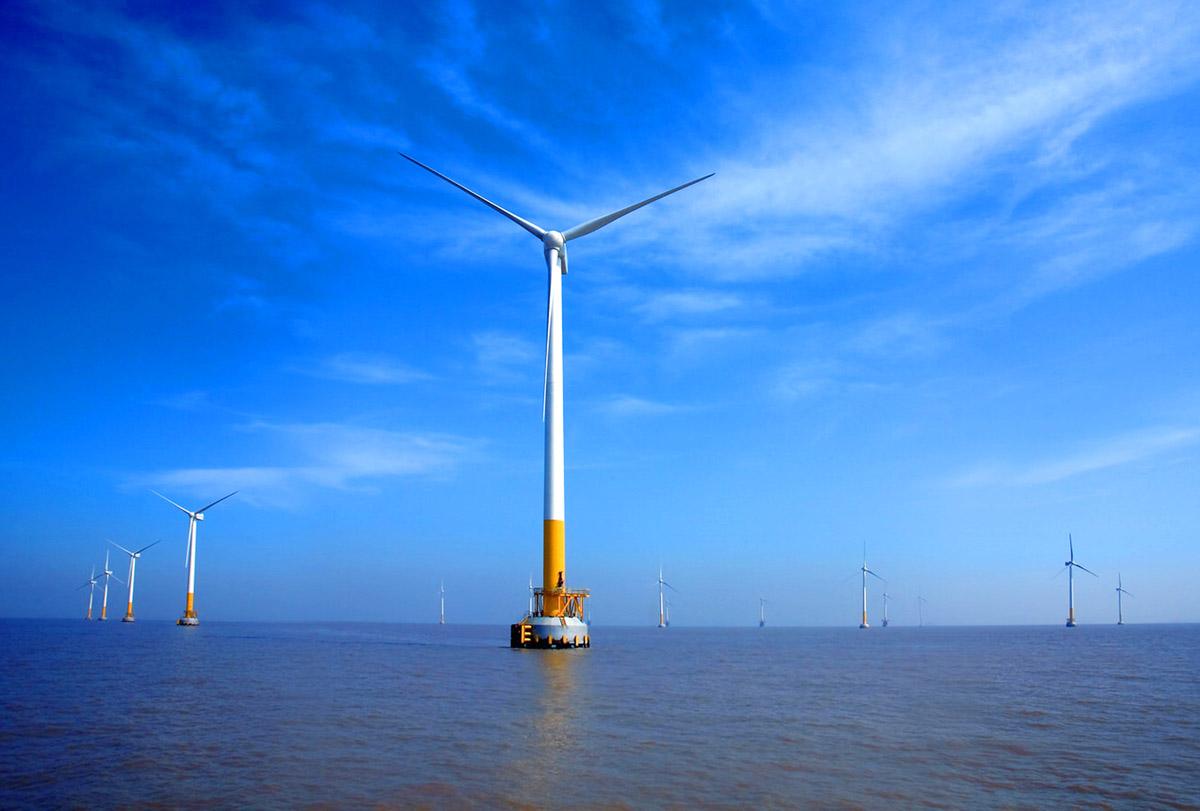SUPERIOR
STAINILESE
SOLUTIONS
Embracing renewable sources of energy for ensuring sustainable future, Embracing renewable sources of energy for ensuring sustainable future
- — -
-
 jacky@jrsspipe.com
jacky@jrsspipe.com
-
 0086 135 8788 2121
0086 135 8788 2121
-
 Mon - Sat 9.30 - 19.30
Mon - Sat 9.30 - 19.30
- Contact Us
Wing Power
According to the information displayed on the website of the world iron and Steel Association, the overall trend of wind power equipment is toward greater installed capacity, which may be good news for steel enterprises.

According to the 21st century renewable energy policy network (21ren), given the rapid growth of the global wind power industry in recent years, the new installed capacity in 2016 was nearly 55gw, up 12% year-on-year, so this prediction seems relatively reasonable. According to Platts, the new installed capacity in 2016 is equivalent to about 10 million tons of steel demand.
According to the market forecast of 2017-2021 issued by the Global Wind Energy Council recently, the global cumulative installed capacity of wind power will increase from 487gw in 2017 to 817gw in 2021, and most of them are built on land.
In view of the installed capacity of each wind power plant is 1000MW, the wind power operator Orsted estimates that the installed capacity of each MW offshore wind power plant is about 200 tons of medium and thick plates (which may be less than that of onshore devices). This data shows that there will be more than 60 million tons of steel demand for wind power units in the world in the next four years, including not only ordinary steel, but also high-value high-performance thick plates.
Steel market ushers in development opportunities
Asia has maintained the world's largest regional market for wind power development for eight consecutive years, accounting for about half of the global wind power installed capacity, with Europe and North America accounting for the majority of the rest. In the future, the growth of some large-scale wind power market will be affected by the uncertainty of policy changes, and the periodicity or policy will also affect the development of steel market. The renewable energy policy network in the 21st century pointed out in the 2017 global wind power market situation report that wind power has become the lowest cost option for the new generation of power generation.
The overall trend of wind power equipment is towards larger installed capacity, which may be good news for steel enterprises. The renewable energy policy network for the 21st century points out that the general trend is towards larger wind power installations, including longer blades, higher tower heights, especially larger rotor sizes. Offshore, the need to reduce costs through scale and standardization has driven turbine size and project size in a larger direction.
Information on the world iron and Steel Association's website indicates that longer blades increase turbine power generation and that they sweep through a larger area to capture more wind. This is undoubtedly a big cake for the steel industry.
With the expansion of wind power industry development space, wind power business has become an important pillar of steel industry business. Steel, in particular, plays an important role in the successful diversion of energy sources.
Iron and steel enterprises, steel suppliers, project developers or some of them have projects and deeply involved in the wind power industry.


